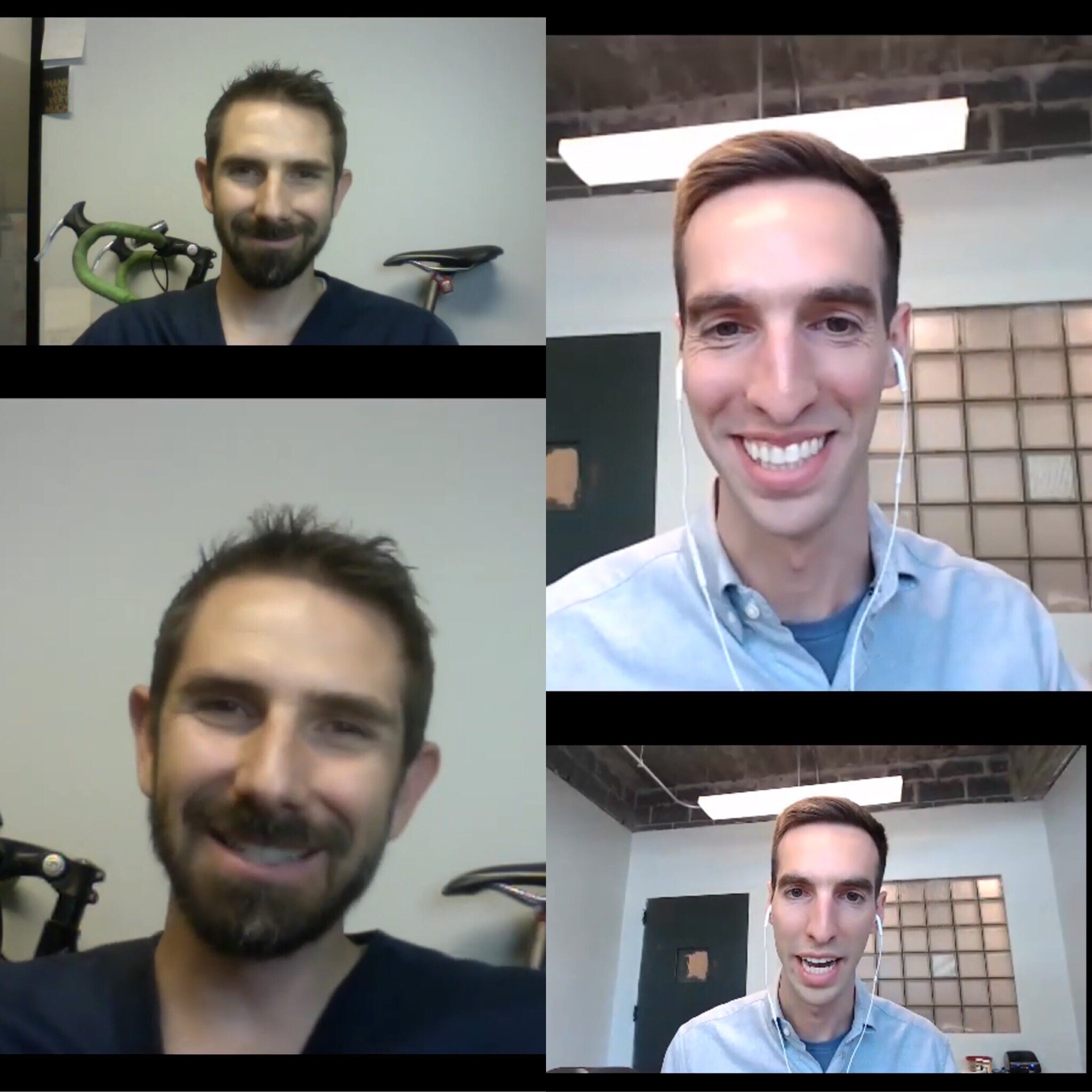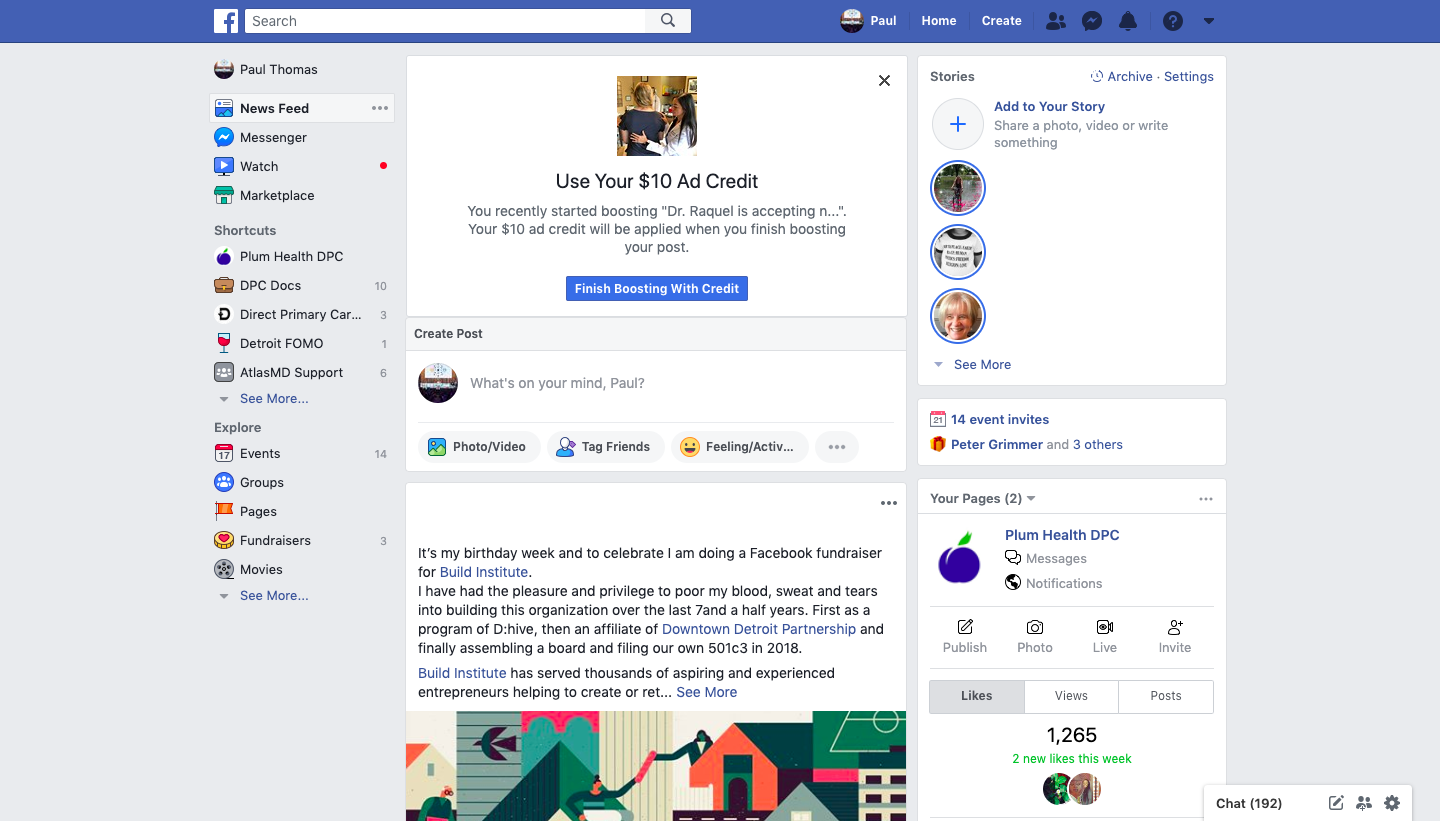Building a Personal Brand can help you build your Direct Primary Care practice. By having a trusted personal brand, more people will be willing to sign up with your Direct Primary Care service.
Paul Thomas, MD and Kendrick Johnson, DO talk about personal branding for Direct Primary Care doctors on the first episode of the StartUpDPC Show.
But, many of you reading this are unfamiliar with how to build a personal brand. So, I wanted to show an excellent example of how to get this done.
Dr. Kendrick Johnson is a Direct Primary Care doctor with Ark Family Health and he recently made an excellent post on LinkedIn, which helps build his personal brand. The post is titled “Why this Doctor Had to Escape the Healthcare System.” During the video, he tells a personal story, shows real emotion, and even vulnerability. He becomes a relatable person and builds trust with his audience.
Because of this, we thought he'd be a perfect first guest on our StartUpDPC Show, where we will be interviewing thought leaders in the Direct Primary Care field and asking them some tough questions.
In our conversation, we talk about building a Direct Primary Care Practice, leveraging Social Media to get this done, the importance of Google Reviews, sustainable growth rates for Direct Primary Care practices and more.
One of the things that really struck me is that Dr. Johnson used a relatively inexpensive technology, an older-generation iPhone, to shoot his LinkedIn video. Take this as a lesson: you don’t need to hire a camera crew or an agency to produce high-quality content. Instead, you need to look into the camera (on the back of your iPhone or other smartphone) and tell your story with authenticity.
Thanks for watching and have a great day,
- Dr. Paul Thomas with StartUpDPC















